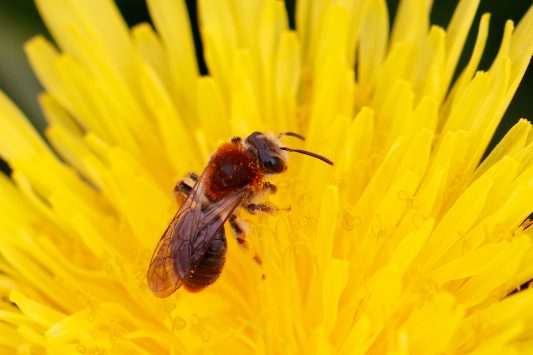Description
Location: Wicklow, Greystones
Note:
Wildlife relationships:
Description:
The early bumblebee or early-nesting bumblebee (Bombus pratorum) is a small bumblebee with a wide distribution in most of Europe and parts of Asia. It is very commonly found in the UK and emerges to begin its colony cycle as soon as February which is earlier than most other species, hence its common name. There is even some evidence that the early bumblebee may be able to go through two colony cycles in a year. Like other bumblebees, Bombus pratorum lives in colonies with queen and worker castes. Bombus pratorum queens use aggressive behavior rather than pheromones to maintain dominance over the workers
The queen is black with a yellow collar (the band around the front of the thorax), another yellow band on the first tergite (abdominal segment), and red colouration on the tail (terga 5 and 6). The male has a wider yellow collar, yellow colouration on both terga 1 and 2, and a red tail, also. The workers are similar to the queen, but often with less yellow colouration; usually the abdominal, yellow band is more or less missing. The head of the bumblebee is rounded, and the proboscis is short. The bumblebee is quite small; the queen has a body length of 15–17 mm (0.59–0.67 in), the worker 10–14 mm (0.39–0.55 in), and the male 11–13 mm (0.43–0.51 in).
Shortly after their emergence, workers can be distinguished by a silvery color before quickly changing to the normal colors of the foraging bees (a similar appearance to the queen with the middle yellow band missing).
https://en.wikipedia.org/wiki/Early_bumblebee




